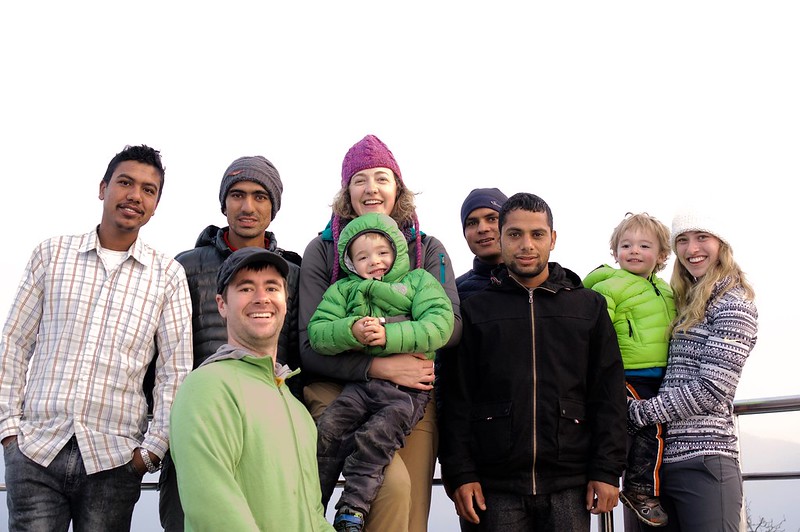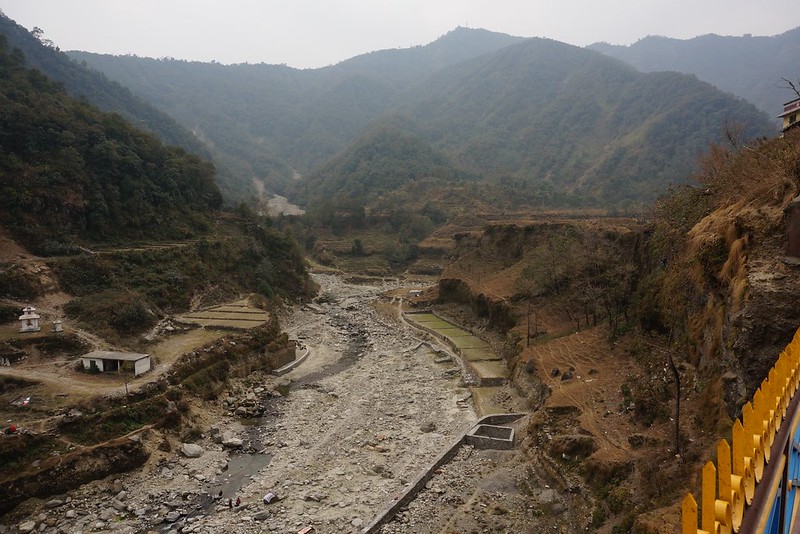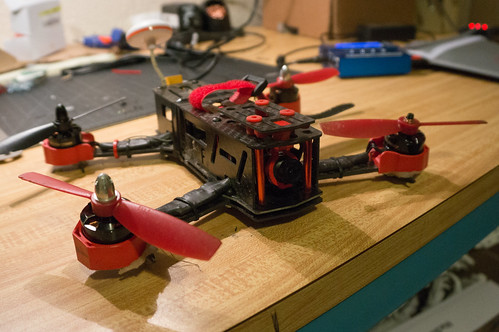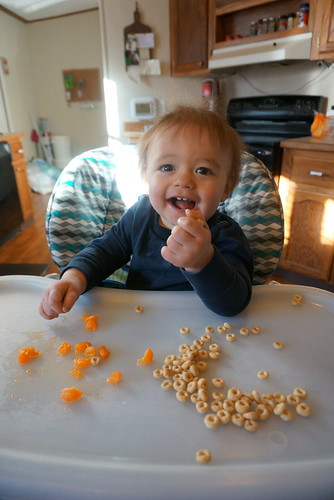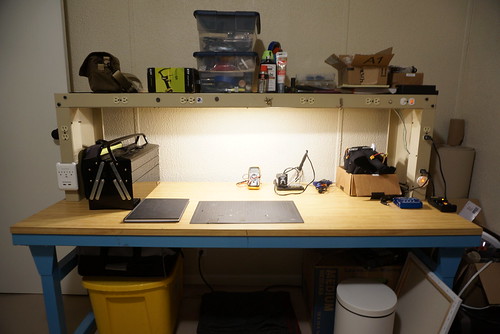Returning from our Travels to Nepal
I went to Nepal for 3 months with my wife my two little boys. And, whew what a crazy idea! I had a great opportunity to grow my skills in web UX and share my knowledge and experience with a really cool company there in Kathmandu. This company has been creating economic opportunity in Nepal for years now and they have a pretty impressive engineering department that works on web applications.
The developers I met are super sharp and hard-working, but most of them are recent graduates with a small amount of professional experience. So I got to talk to people and observe and build documents and style guides and just led a hand wherever I could. It seems that people who gain valuable skills and education in Nepal usually leave the country to pursue more lucrative employment elsewhere. Honestly that pattern repeats itself at all levels of the Nepali economy. I believe the internet has made the world smaller, people in developing nations (should) have the same opportunities in the services economy as anyone else. Seeing lots of developers working on a big ambitious project to enable economic job growth right there in their home country was very inspiring.
My family and I also got to do a little sight seeing and even completed a two day trek near the Annapurna range. Riding elephants through the jungle near Chitwan was incredible! Riding a jeep on the rough Nepal highways for hours was… terrible. The most awesome sight was the Himalayas from the air on a short “mountain flight” that brought us right over Mount Everest! It was a great vacation and a great growing experience for all of us.
UX
I especially loved getting to sink my teeth into a UX plan for a “product”. Most of my work has been on a “project” basis up till now. I loved working out user testing and measurement plans with their awesome product managers. Seeing user testing done on functional prototypes was incredibly instructive. I loved outlining a big picture UX maturity model, and the basic plans to implement measurable changes. I also was asked to develop some provisional UX personas for their product and engineering teams. That was a lot of fun.
Personal Challenges
The wonderful chance to work on a fun career opportunity was somewhat balanced by the realities of living in a developing nation with two little kids for so long. We had to keep a close eye on the boys to try to protect them from some of the dangers they weren’t used to. The presence of open sewers and the unpredictable traffic made walking around town an interesting challenge. And our youngest was not quite two years old yet during the trip. We loved the fact hat we lived in such a dense walkable neighborhood, but motivating kids to walk all the time was a constant challenge. Our bodies had to deal with some unusual microbes and parasites, which really pushed my wife’s immune system to the brink.
There’s just a handful of little changes that pile up and make life more stressful than we are accustomed to. We felt that traveling with the kids would be good for our family, and give us all a good perspective on how the rest of the world really lives. I was ready for some career changes already, and this gave me a shove in the right direction. We prayerfully considered what to do before committing to this project, and we knew this was the right thing for our family right now. But, now we have to adjust back to life in the US, and apart from the quiet and cleanliness - now we have to get used to driving more and living so far away from our friends and coffee shops and grocery stores. My career also will need to continue its transition. And that’s frightening, but exciting. For the moment, I am enjoying doing some freelance work from home. More new things await me.






